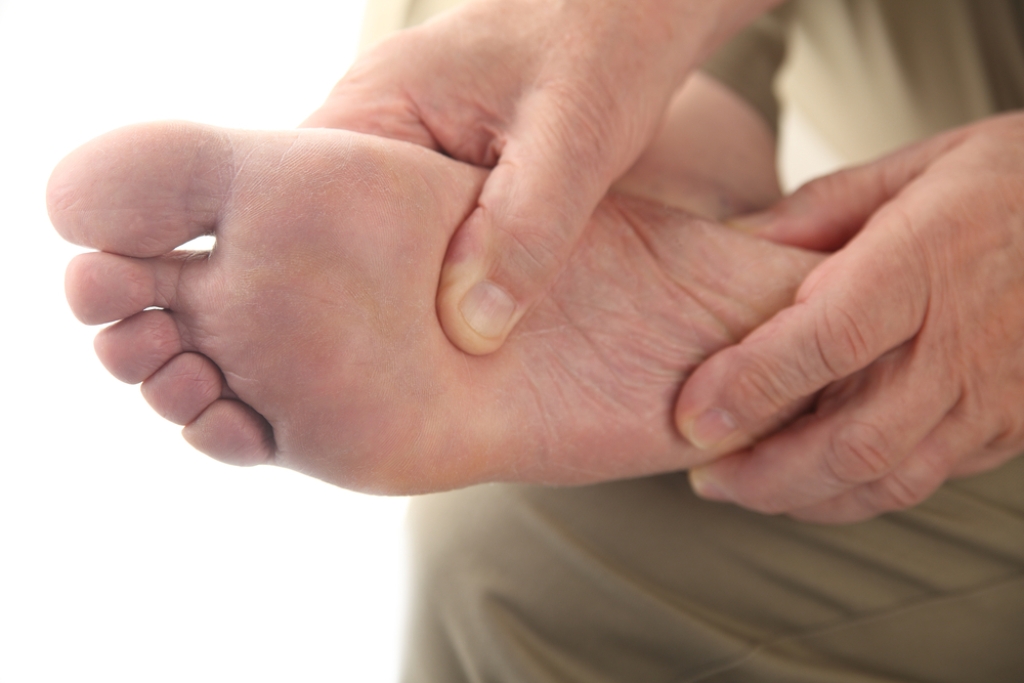
Diabetes can affect the feet and ankles in ways that may begin subtly but can become more serious if they are not noticed early. Changes in circulation may slow healing and make the skin more vulnerable to dryness, cracking, and infection. Nerve changes can create tingling, numbness, or burning sensations, which can make it difficult to feel cuts, blisters, or pressure spots. Some individuals develop swelling around the ankles or experience muscle weakness that affects balance and walking. Even small concerns such as calluses or nail changes can progress quickly when sensation is reduced. Regular monitoring, wearing supportive footwear, and prompt care for any new issue all help protect long-term comfort and mobility. If you observe persistent swelling, numbness, or wounds that do not heal as expected, it is suggested that you schedule an appointment with a podiatrist for further evaluation.
Diabetic foot care is important in preventing foot ailments such as ulcers. If you are suffering from diabetes or have any other concerns about your feet, contact Dr. Michael T. Hames from Florence Foot Center. Our doctor can provide the care you need to keep you pain-free and on your feet.
Diabetic Foot Care
Diabetes affects millions of people every year. The condition can damage blood vessels in many parts of the body, especially the feet. Because of this, taking care of your feet is essential if you have diabetes, and having a podiatrist help monitor your foot health is highly recommended.
The Importance of Caring for Your Feet
- Routinely inspect your feet for bruises or sores.
- Wear socks that fit your feet comfortably.
- Wear comfortable shoes that provide adequate support.
Patients with diabetes should have their doctor monitor their blood levels, as blood sugar levels play such a huge role in diabetic care. Monitoring these levels on a regular basis is highly advised.
It is always best to inform your healthcare professional of any concerns you may have regarding your feet, especially for diabetic patients. Early treatment and routine foot examinations are keys to maintaining proper health, especially because severe complications can arise if proper treatment is not applied.
If you have any questions, please feel free to contact our office located in Florence, Alabama . We offer the newest diagnostic and treatment technologies for all your foot care needs.




